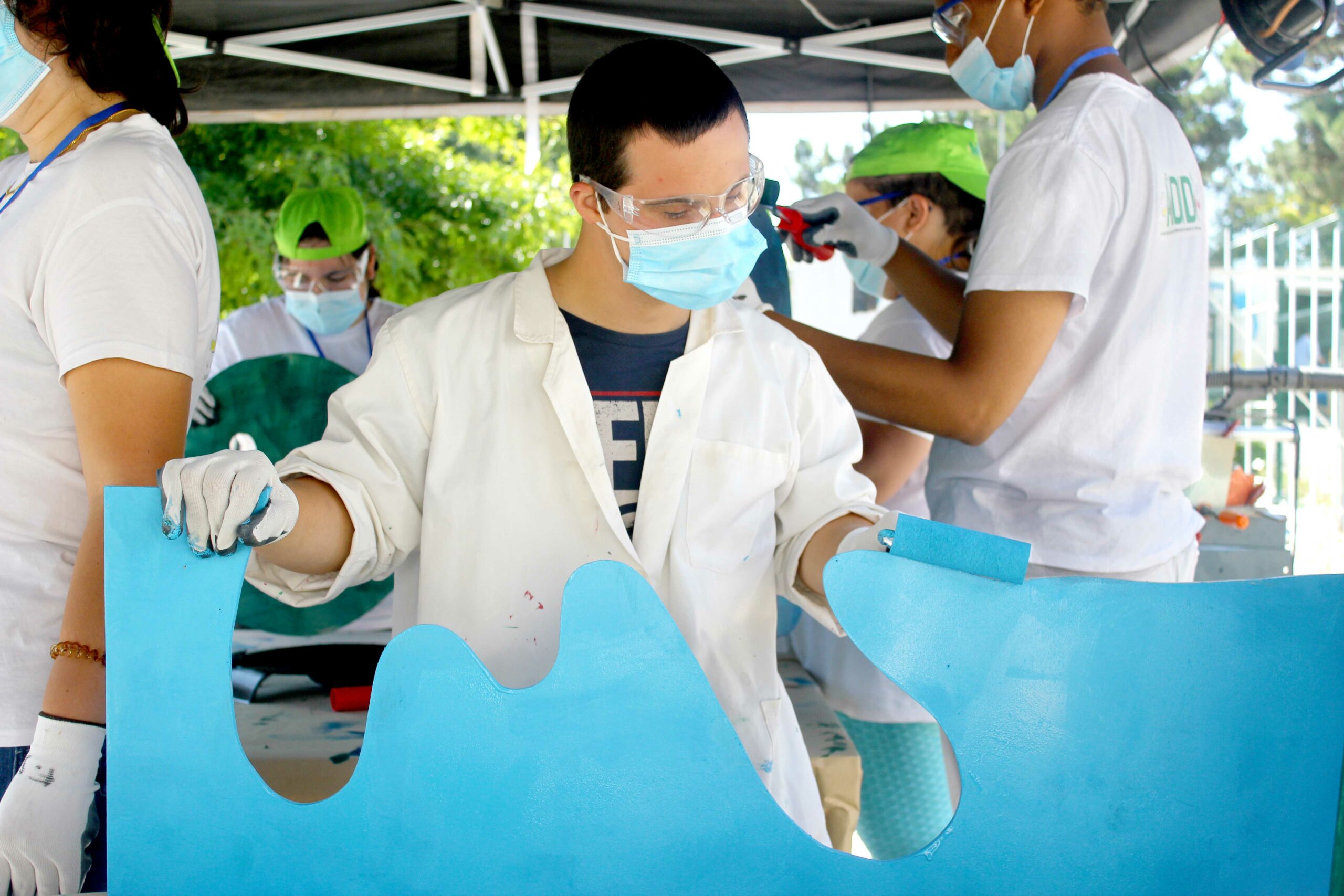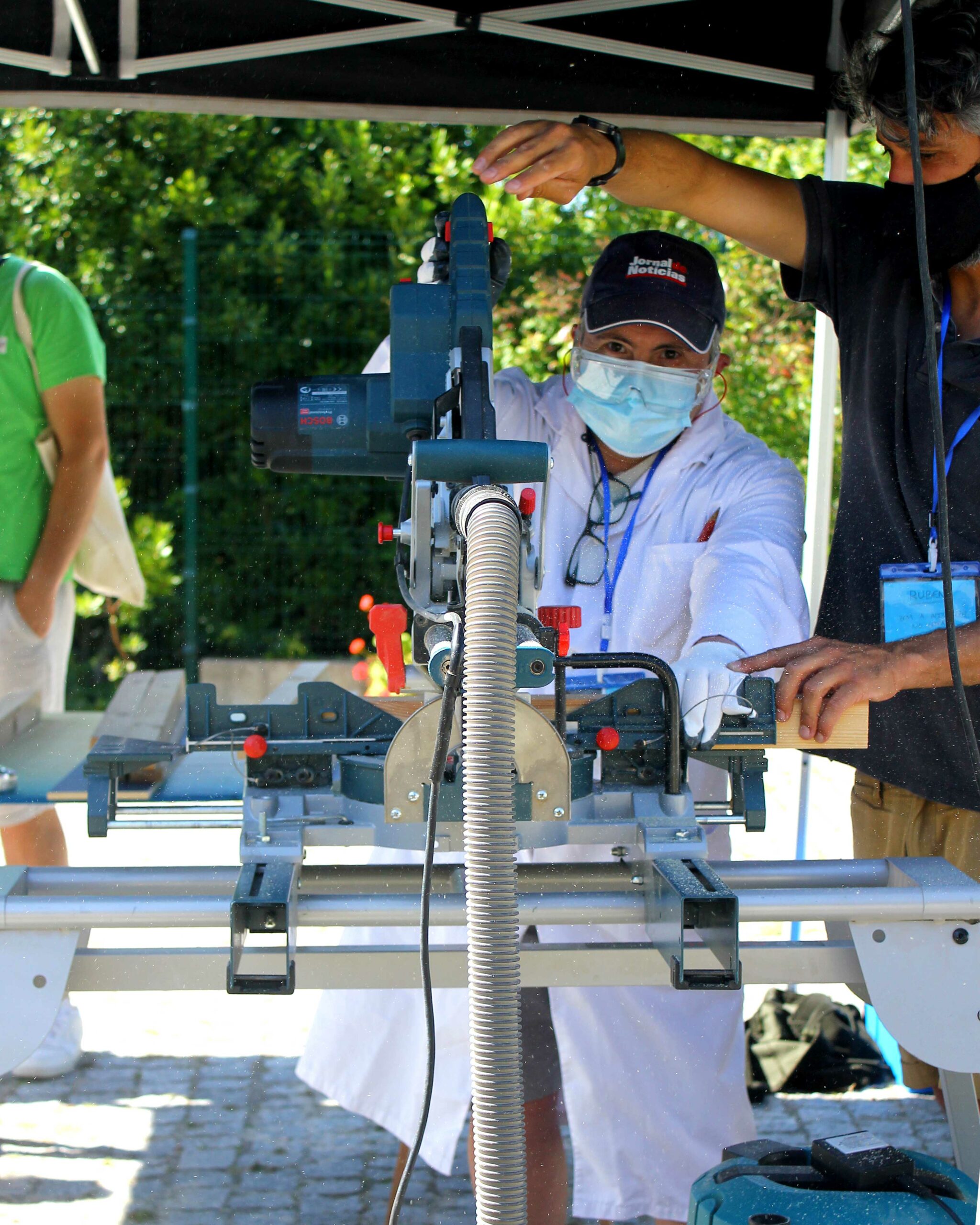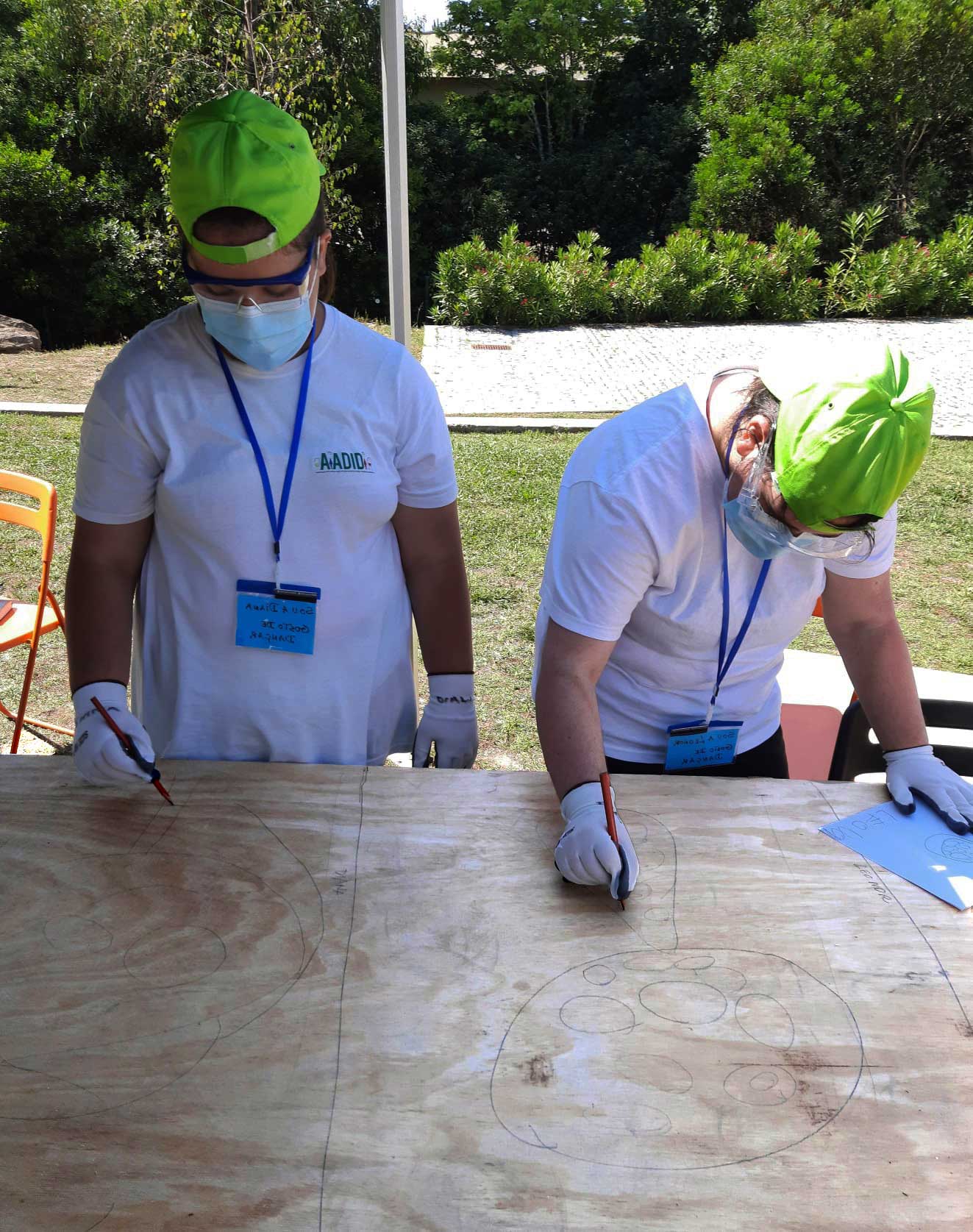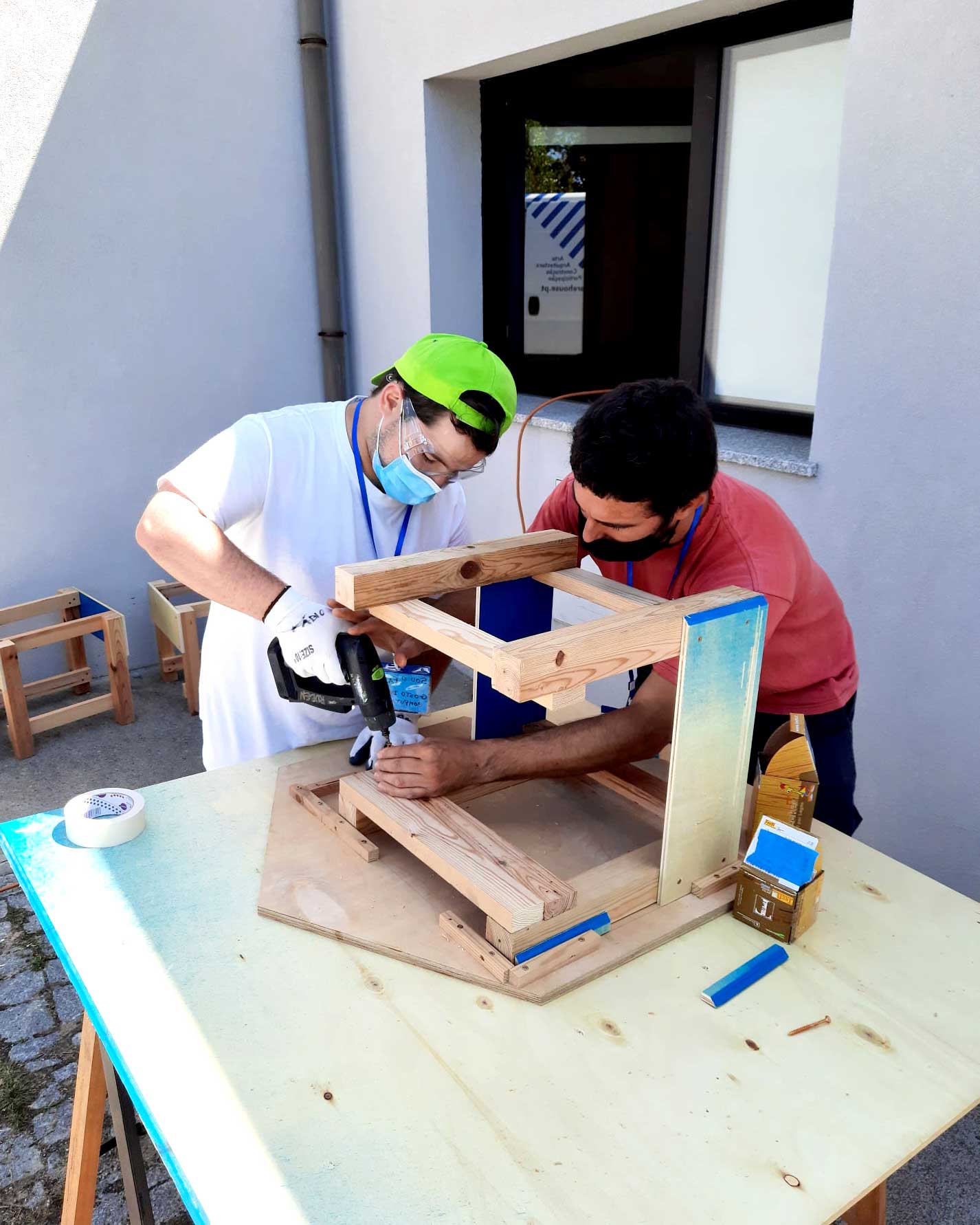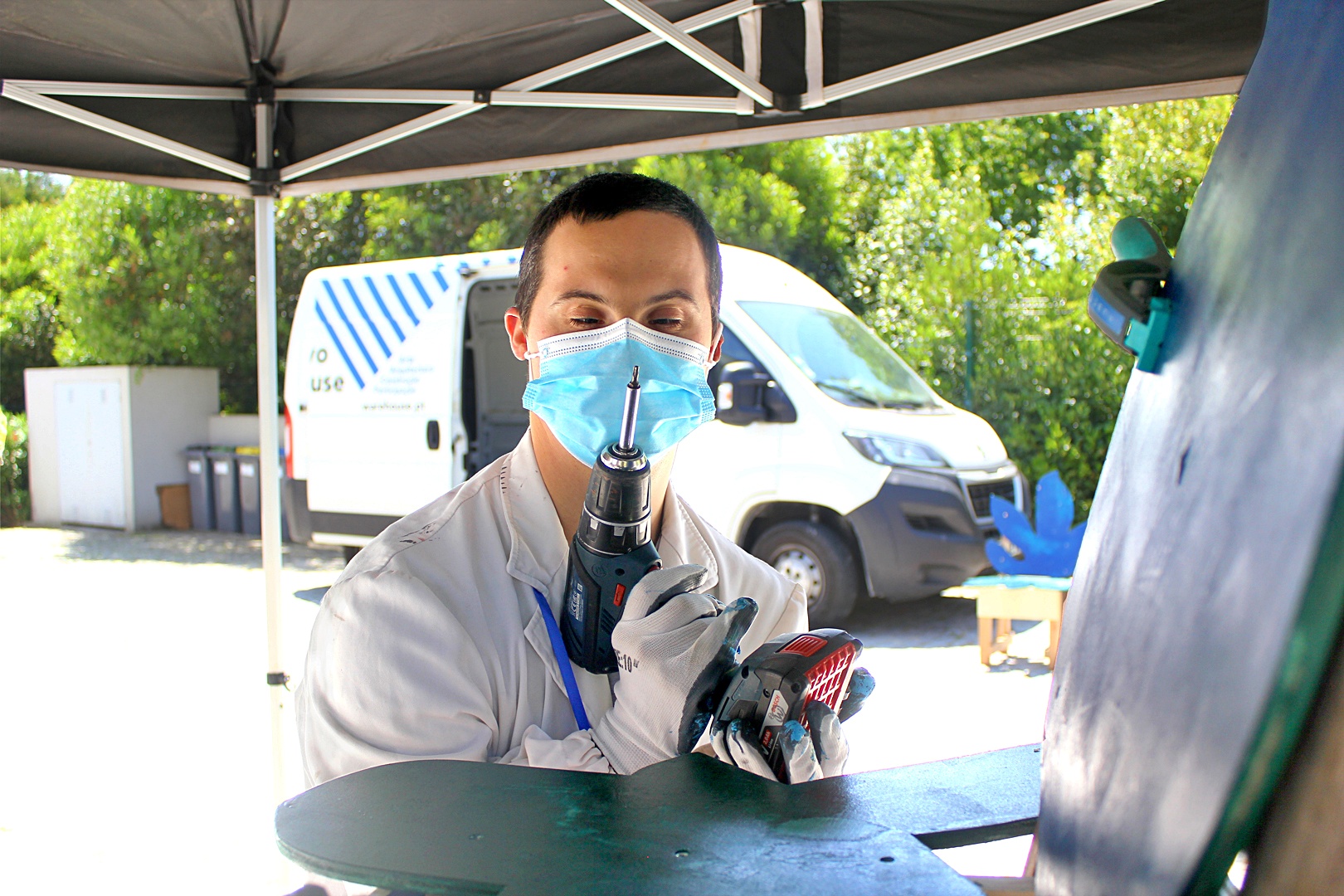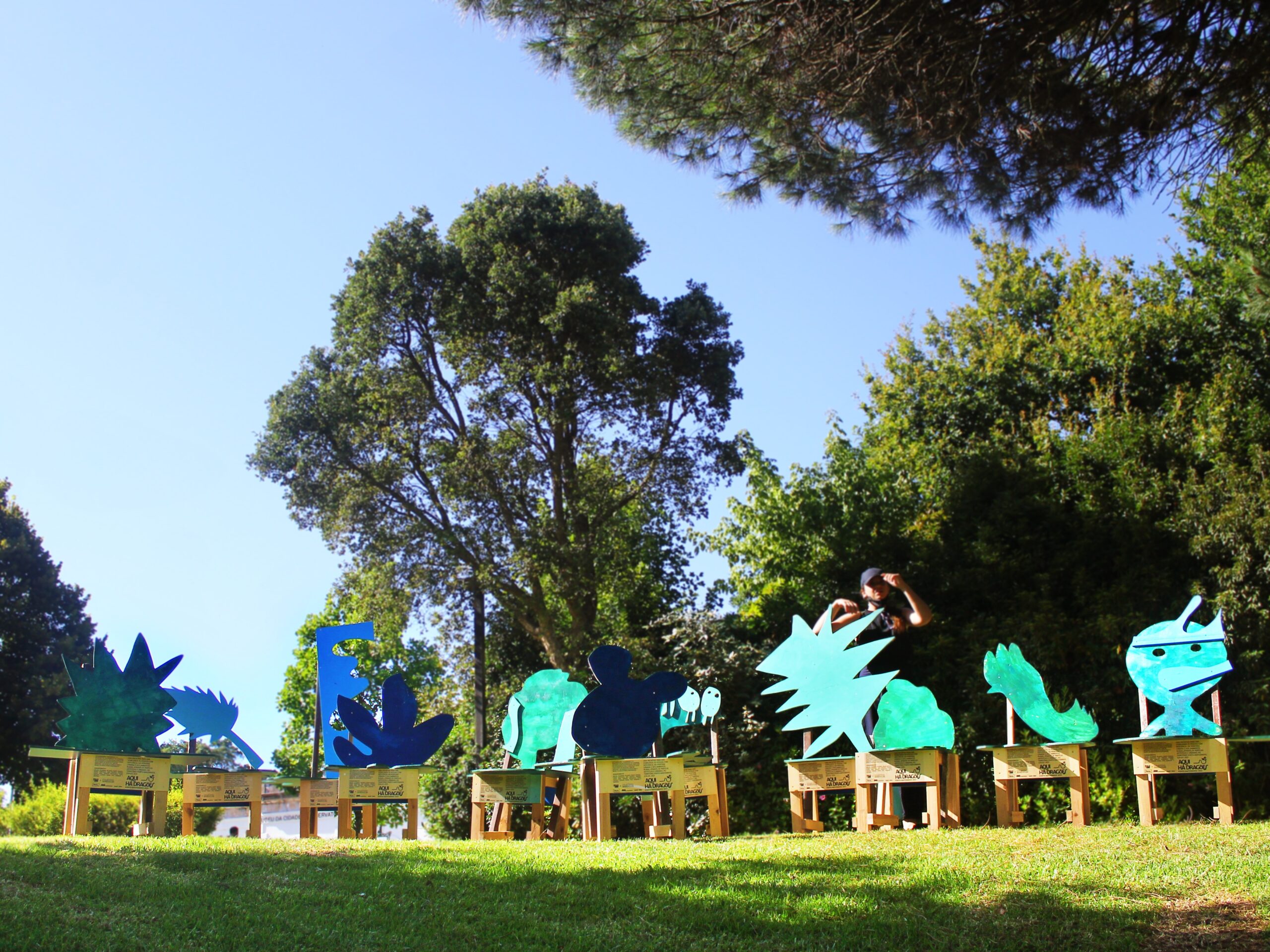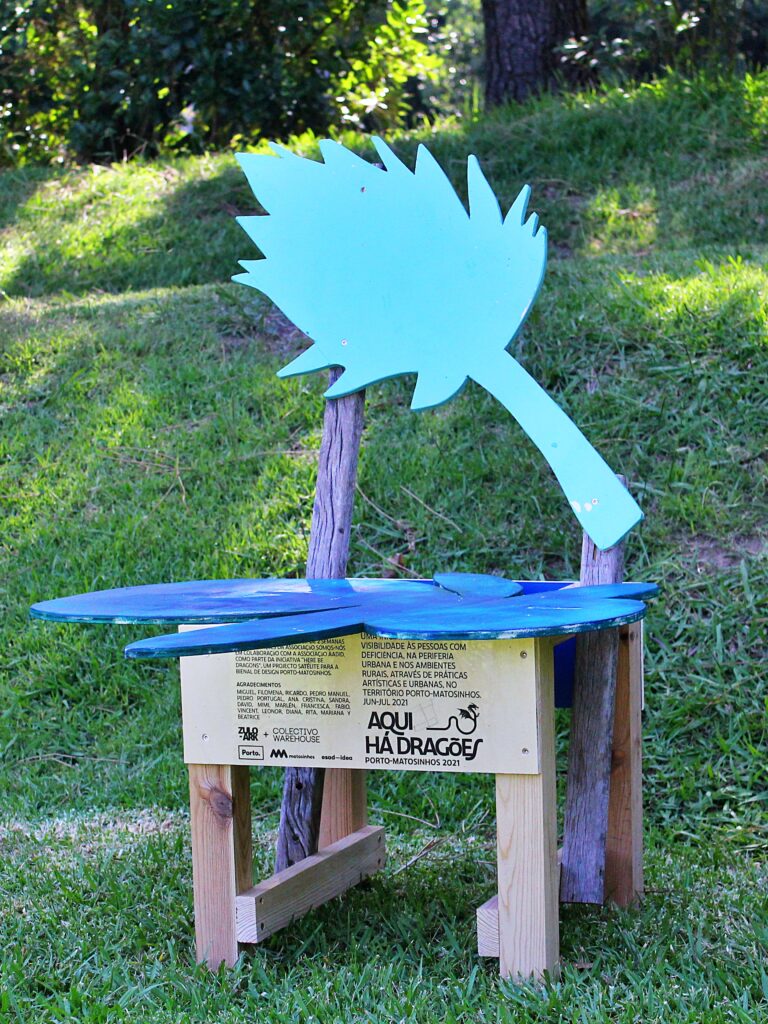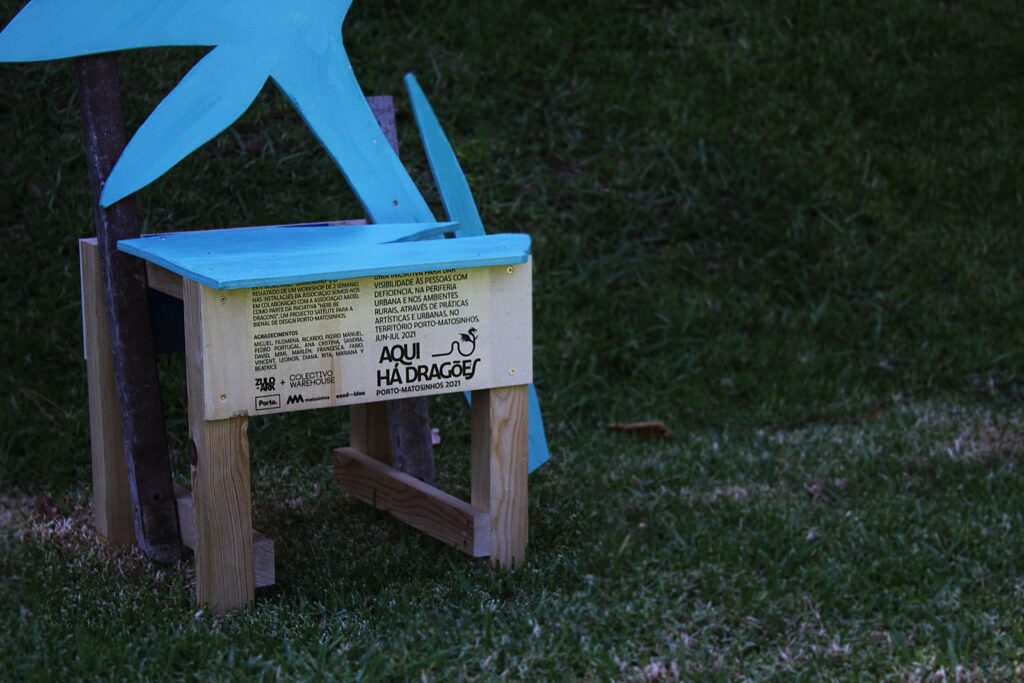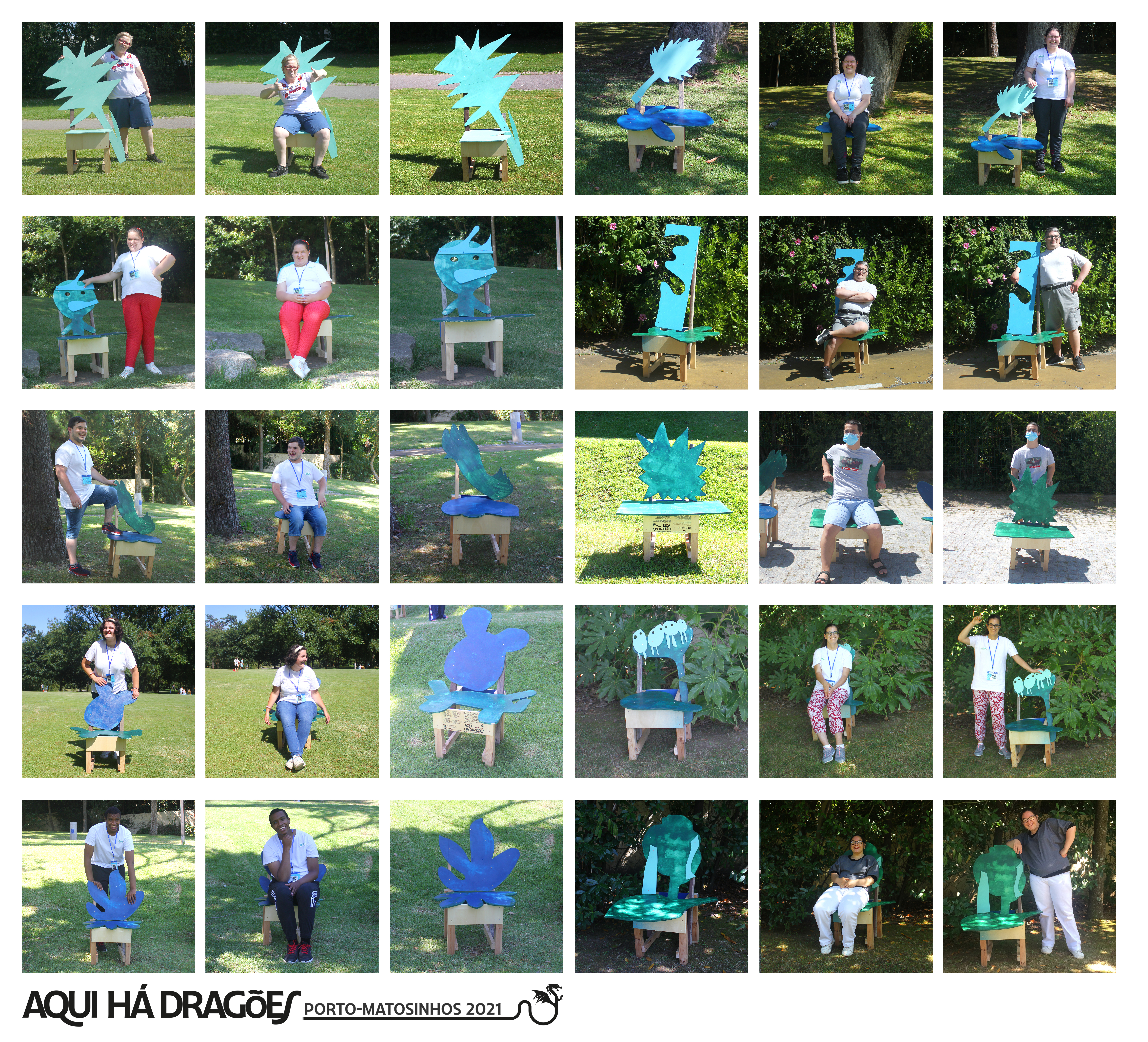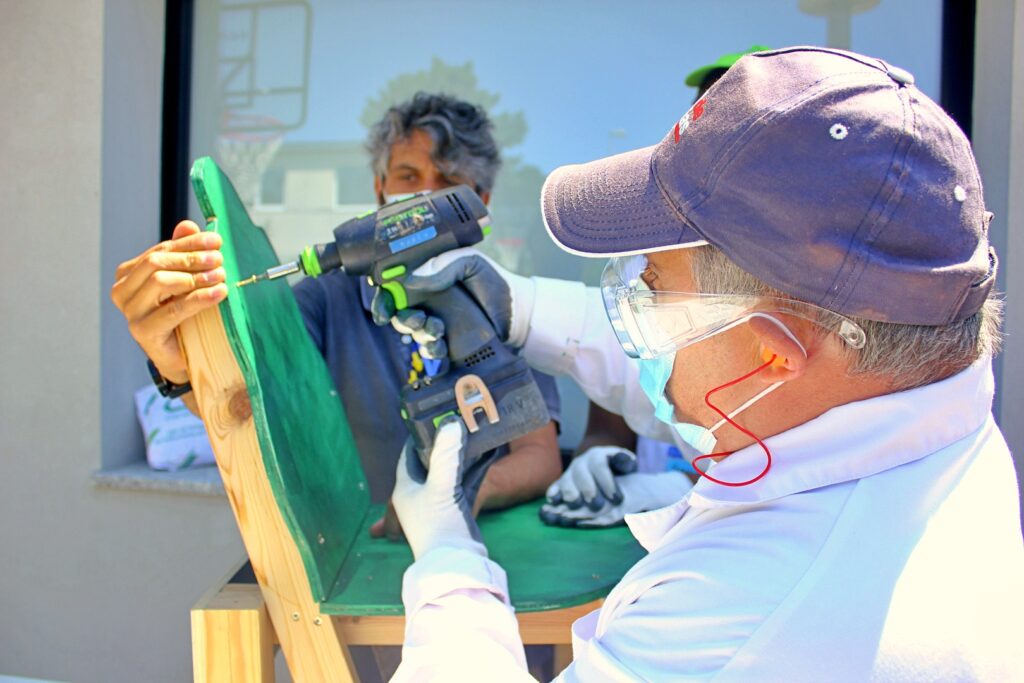
A project for promoting visibility, autonomy, and equality of people with intellectual disabilities in rural and urban areas through artistic practices for territory reactivation
Here be dragons: Proto-Matosinhos edition is the second edition of the Aquí hay Dragones project by Zuloark. Aquí hay Dragones (Here be Dragons) is a project that works with people with disabilities and artists, both local and from outside the work contexts, through inclusive art and tactical urbanism. The project seeks to promote the autonomy, capabilities, and equality of a community that is typically less visible and able to participate in common life, especially in peripheries and rural areas.
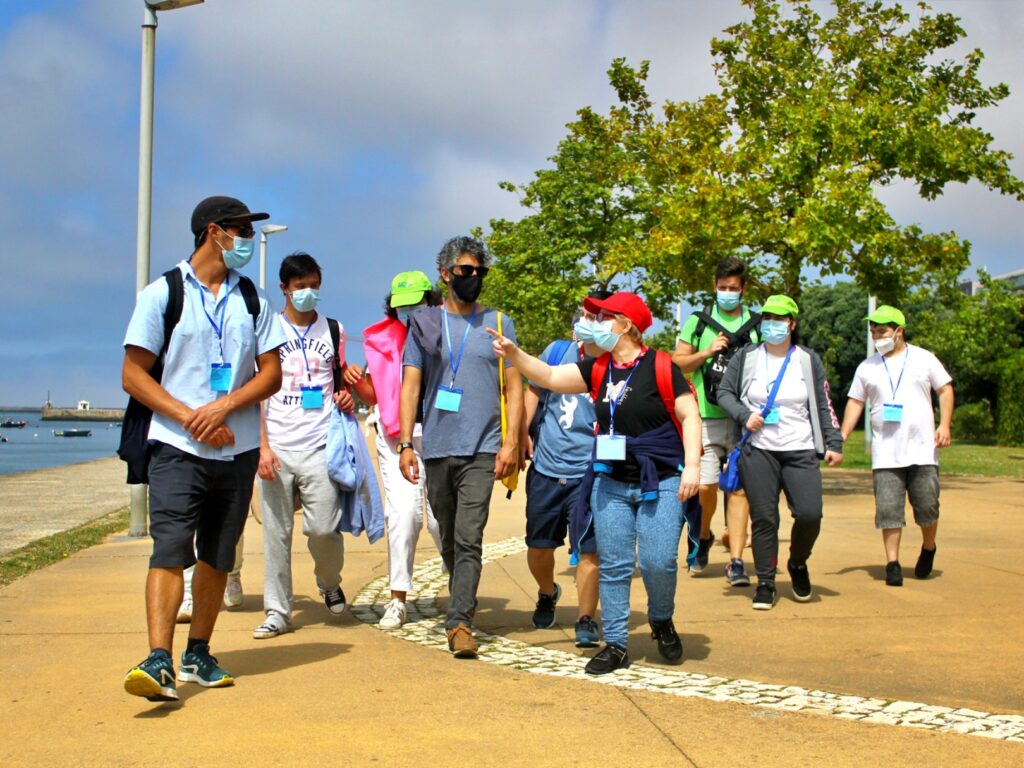
The proposal explores inclusive art and urbanism, using artistic and creative practices to place people with disabilities at the center of contexts and social policies, as well as to value the work and commitment of the social groups closest to these communities, which are fundamental to their personal development.
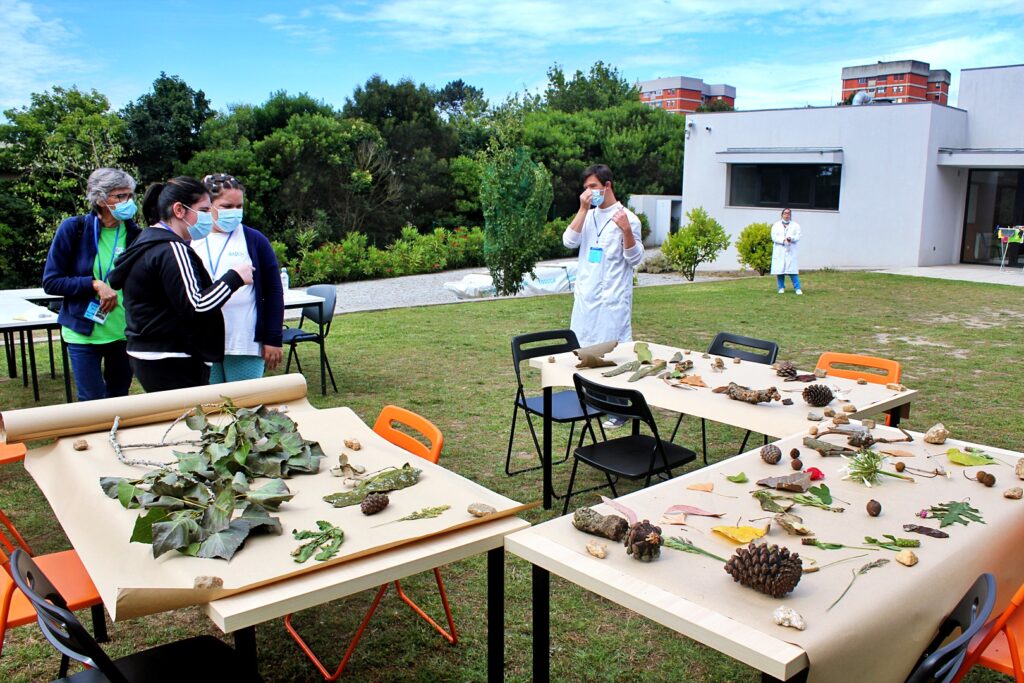
The project began with the belief that in the disability-related world, art has the ability to facilitate the creation of work habits, awake observation, and produce changes in people, developing self-esteem. Artistic practices are tools that help discover the capabilities of any person, and Here be Dragons places people with disabilities at the center of contexts and social policies to value their work and commitment.
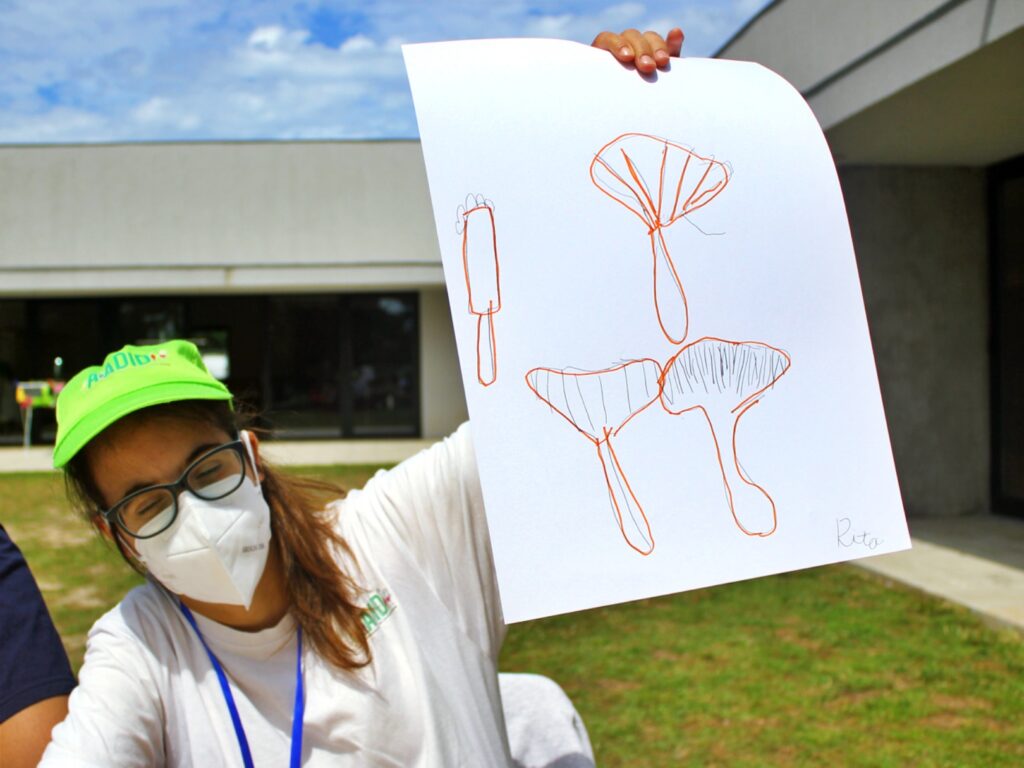
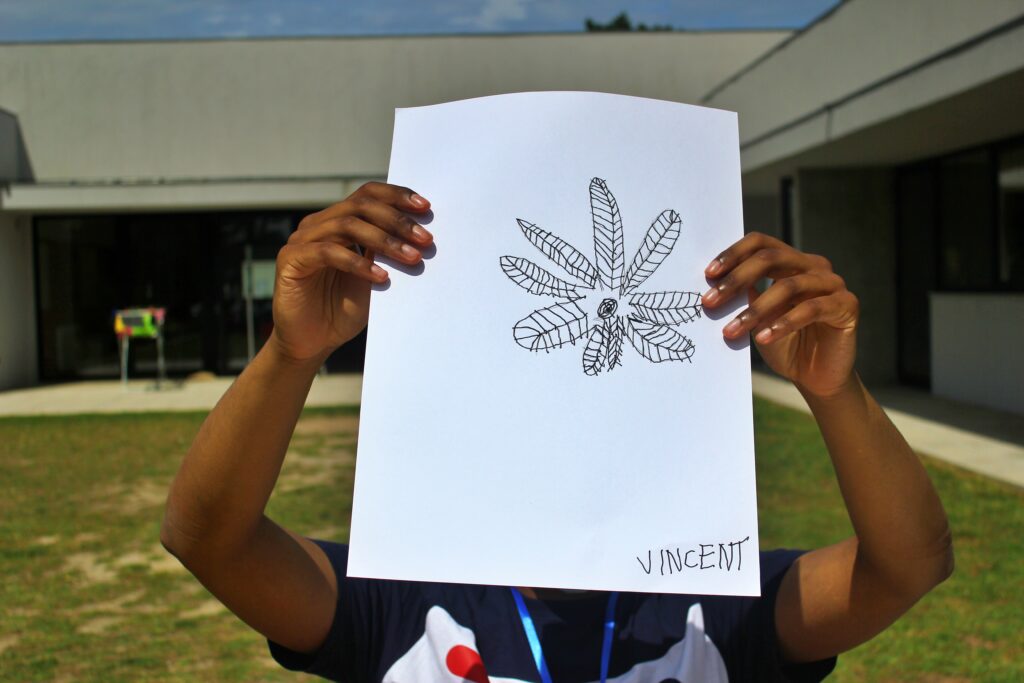
For the Portuguese edition, the proposal was developed as a satellite activity within the framework of the Porto-Matosinhos Design Biennial, with the collaboration of Warehouse Collective, a team of architects and artists as local collaborators and facilitators. We worked hand in hand with the Associations AADID (Associação dos Amigos das Deficiências Intelectuais e Desenvolvimentais) and SOMOS NÓS, the real protagonists in the organization and development of the proposal.
During the two ideation and construction workshops, we shared experiences and learning through walks, conversations, mapping, collages, drawings, music, and picnics during the two ideation and construction workshops. They highlighted the environment, flora, fauna, culture, memory, and heritage of such a special place as the surroundings of the Serralves Foundation, the Pasteleira Park, the Bairro da Rainha D. Leonor, and the Douro River.
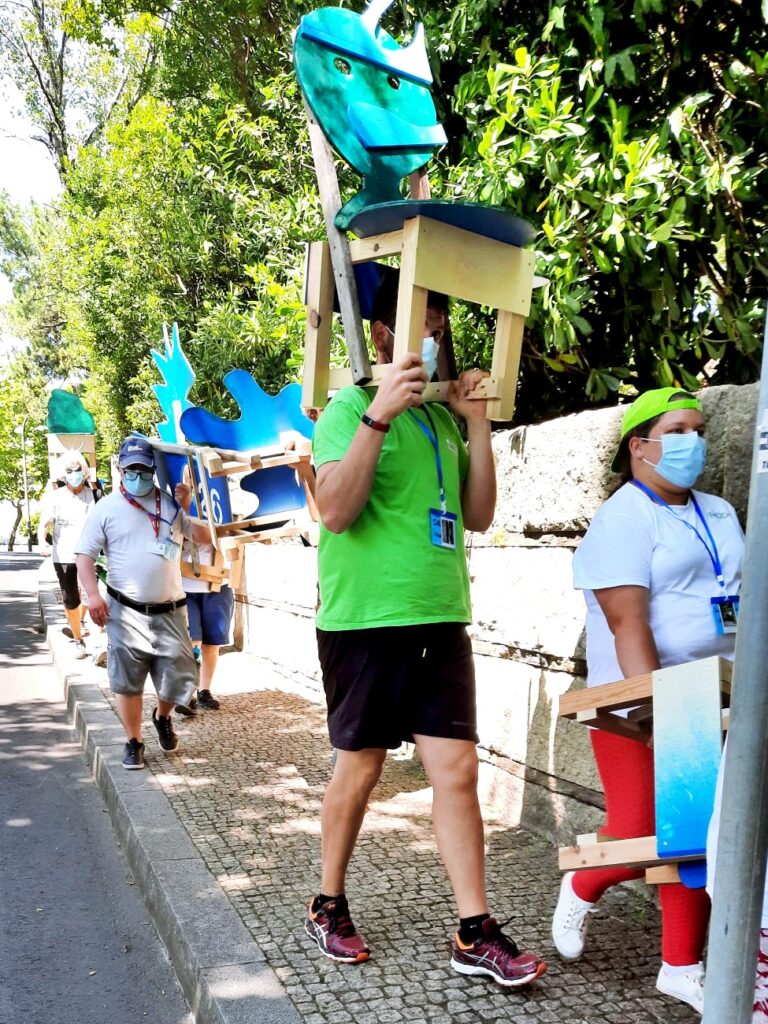
The project culminated with a celebration of the process where they went out with the pieces of furniture built in the workshops to temporarily intervene in the Pasteleira park, activating some of its spaces through playing, dancing, and conviviality.

